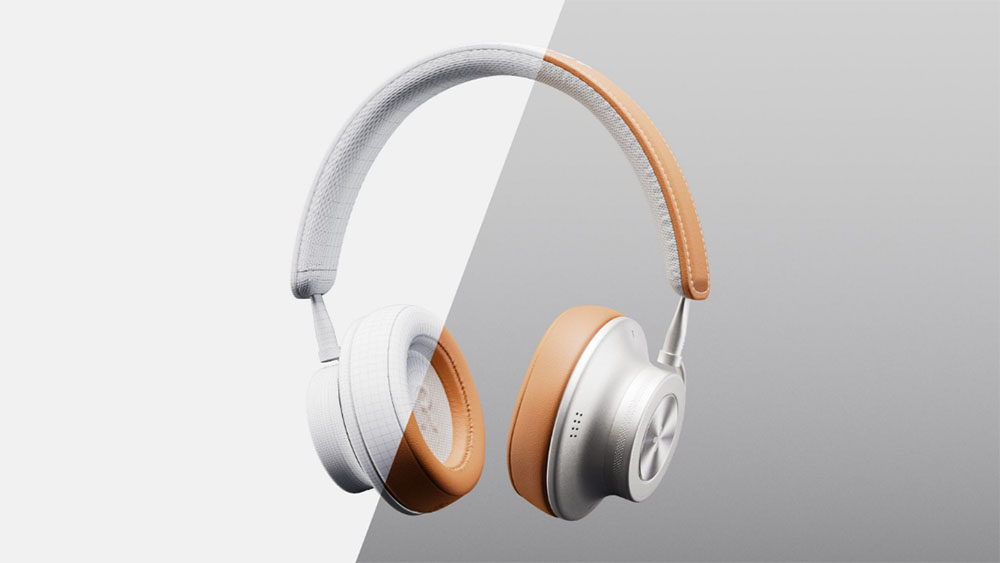A day in the life: a brand designer at Monotype
We chat to Marie Boulanger, who shares her advice for budding type designers.
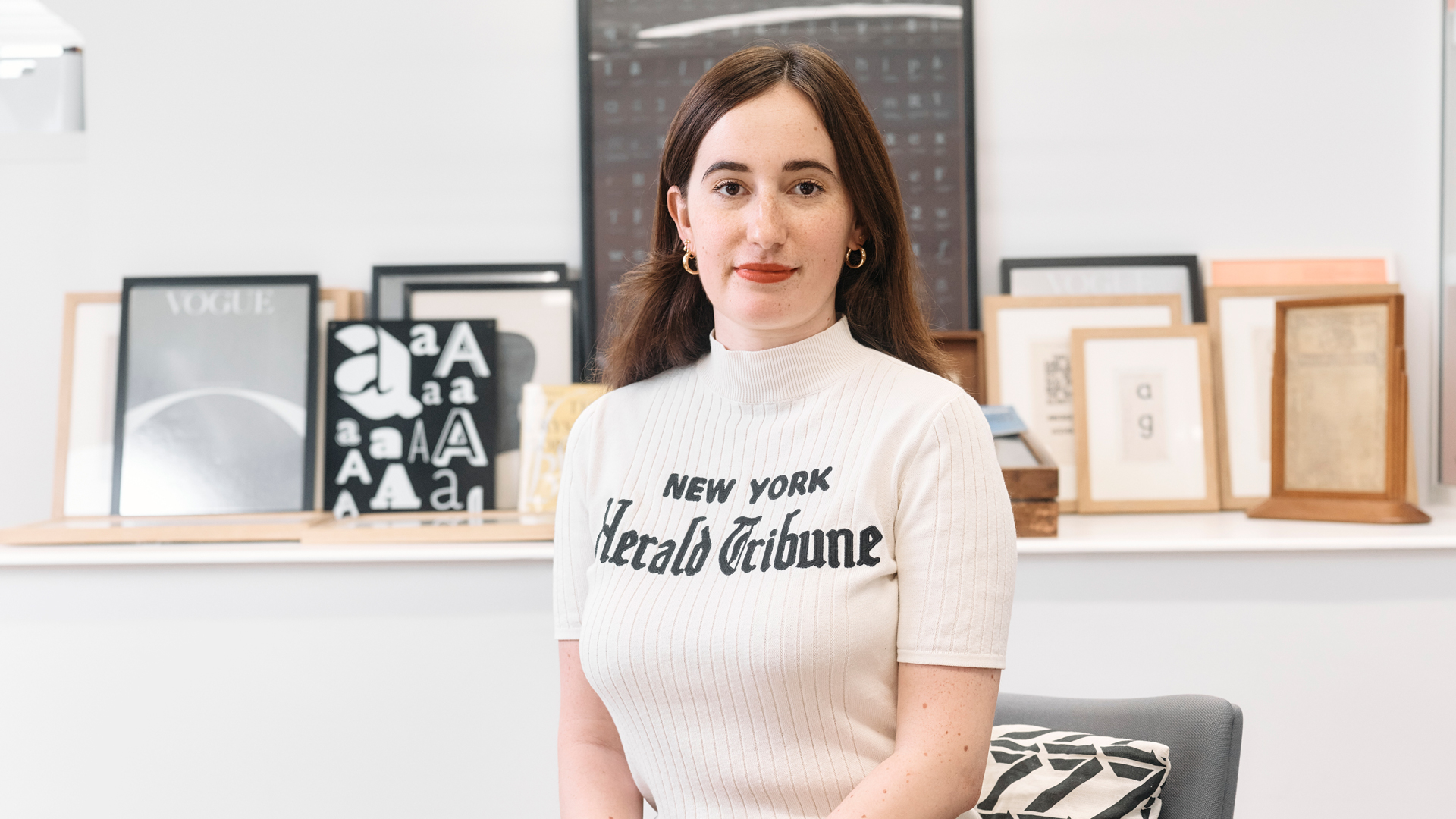
Marie Boulanger is a type designer and brand designer at Monotype. Based in London but born in France, she is fascinated by type, and her book XX, XY explores the relationship between letters and gender stereotypes, and how these affect the design world.
Boulanger dreamt of working at Monotype before she finally got a job at the type specialists a couple of years ago. Her dream job, outside of the type world is "anything culinary," Food and food design is my other big passion, she explains. "Putting it out there if you're a chef, food professional or writer who needs custom type..."
To find out more about her daily life, and discover her advice for budding type designers, read on for our recent conversation with Boulanger. For more in this Day in the Life series, see our interviews with Ben the Illustrator, Ilka & Franz and Johanna Drewe from Output.
Tell me about a typical day as a brand designer
At the risk of sounding very unoriginal, there is absolutely no typical day as a designer at Monotype. The role is varied, and the pace is fast.
The day often starts with me going on a morning walk in the park with a podcast, I've found that really helps to clear my head and feel more creative later in the day.
Then, I have a breakfast (a real one, I can't work when I'm hungry) and start with admin tasks and meetings. I usually save the creative things for the afternoon, once everything is out of the way and I have a clear head. I also get interrupted less, which helps! Today I worked on our booth graphics for Adobe MAX in October, and how they support the event strategy we have built. I would not do well in a repetitive role, I need my mind to go to new places constantly.
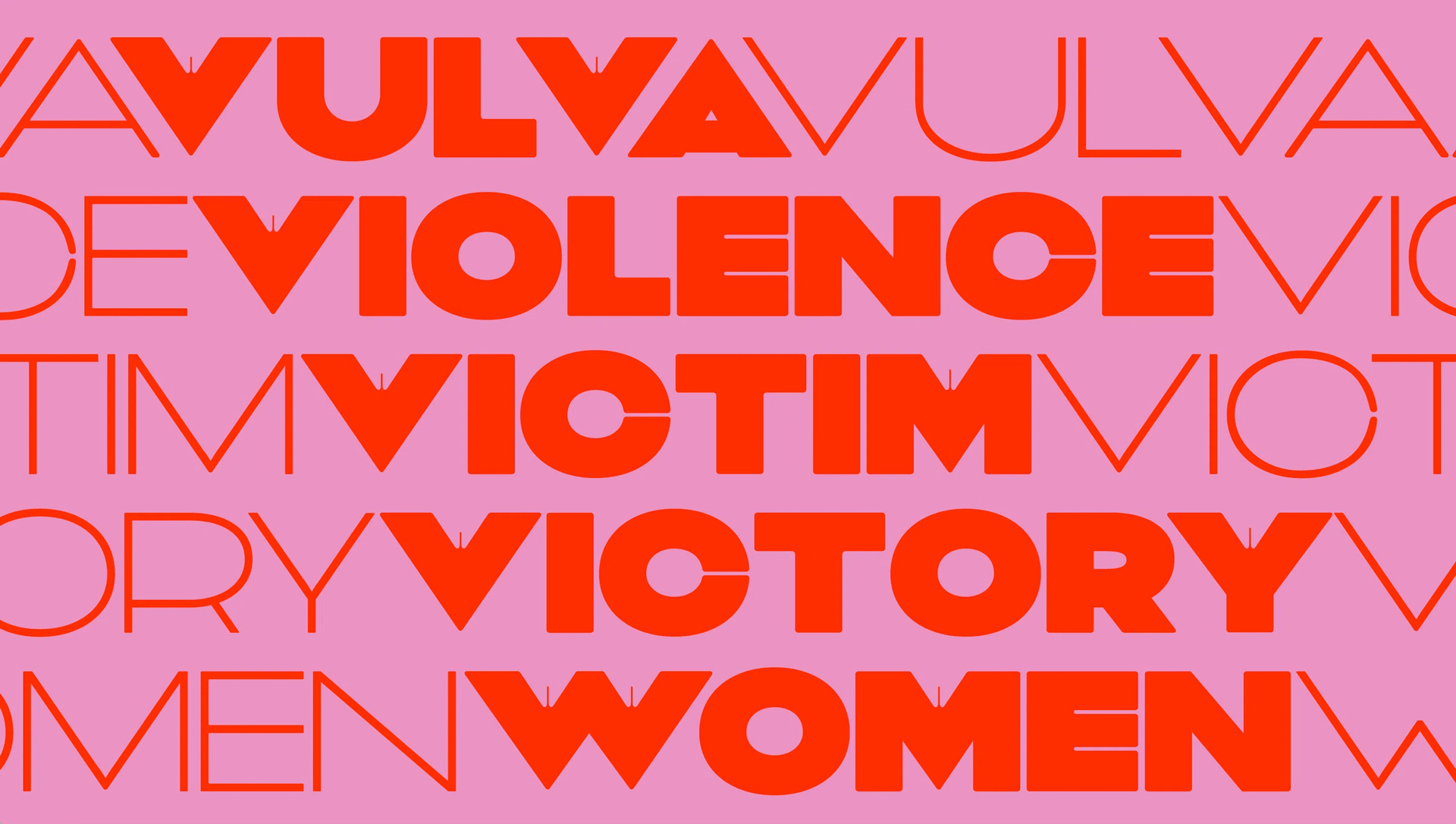
How do you approach a new brief when you get it?
The brief helps me to fight my impulsivity and all the new ideas my brain comes up with. I'm not saying it suppresses my instinct and creativity but when it's well-written and defined, it helps me to channel my energy. Who or what is the project supporting? Why are we doing it? Can that help me make better design decisions? I try to consider all perspectives of the people who'll be experiencing the work. My ideas come through fast, and I start experimenting pretty quick. But most good things take time, and I like to let things rest too so I can come back to them and see them with new eyes.
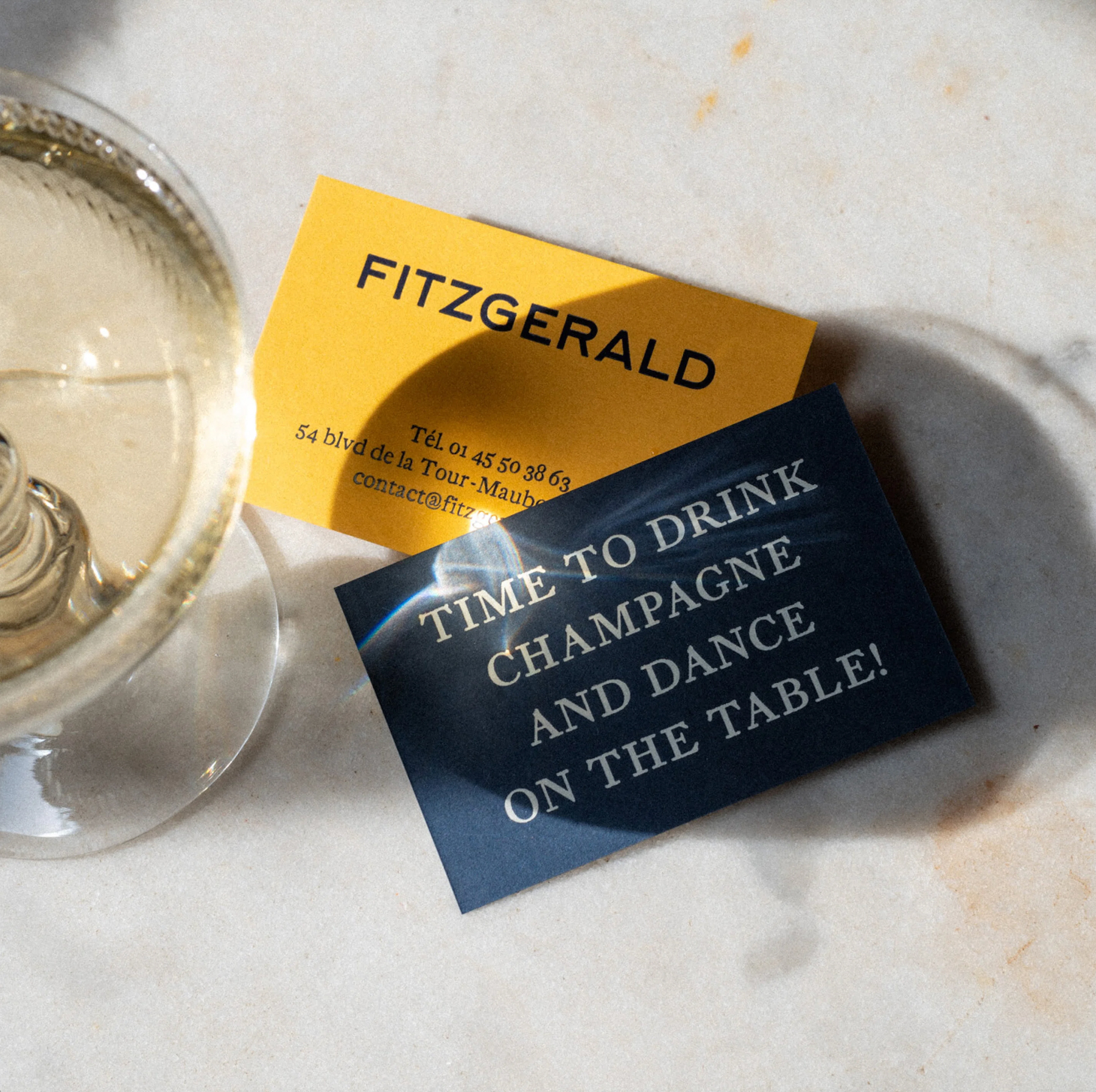
Tell me about a tricky work-related challenge and how you approached it
A lot of challenges come from incomplete or poor briefs, but thinking back to a specific story here... Last year Monotype acquired Berthold's inventory. I had a very short time to create a series of specimen images for Akzidenz Grotesk, Berthold's most beloved typeface. Firstly, I dropped everything because I knew this was really important. Then, I had to hit some historic notes and speak to the heritage of the typeface, but keep it fresh and exciting. I blended references to German and Austrian graphic designers with a really contemporary palette texture and emphasised German glyphs.
I tried to work on the whole set at the same time so it really told a story rather than separate images. I think what helped me was my own culture and love of type paraphernalia, I took inspiration from real objects I have at home. Because I had no time I tried to be as authentic and instinctive as possible, and it worked.
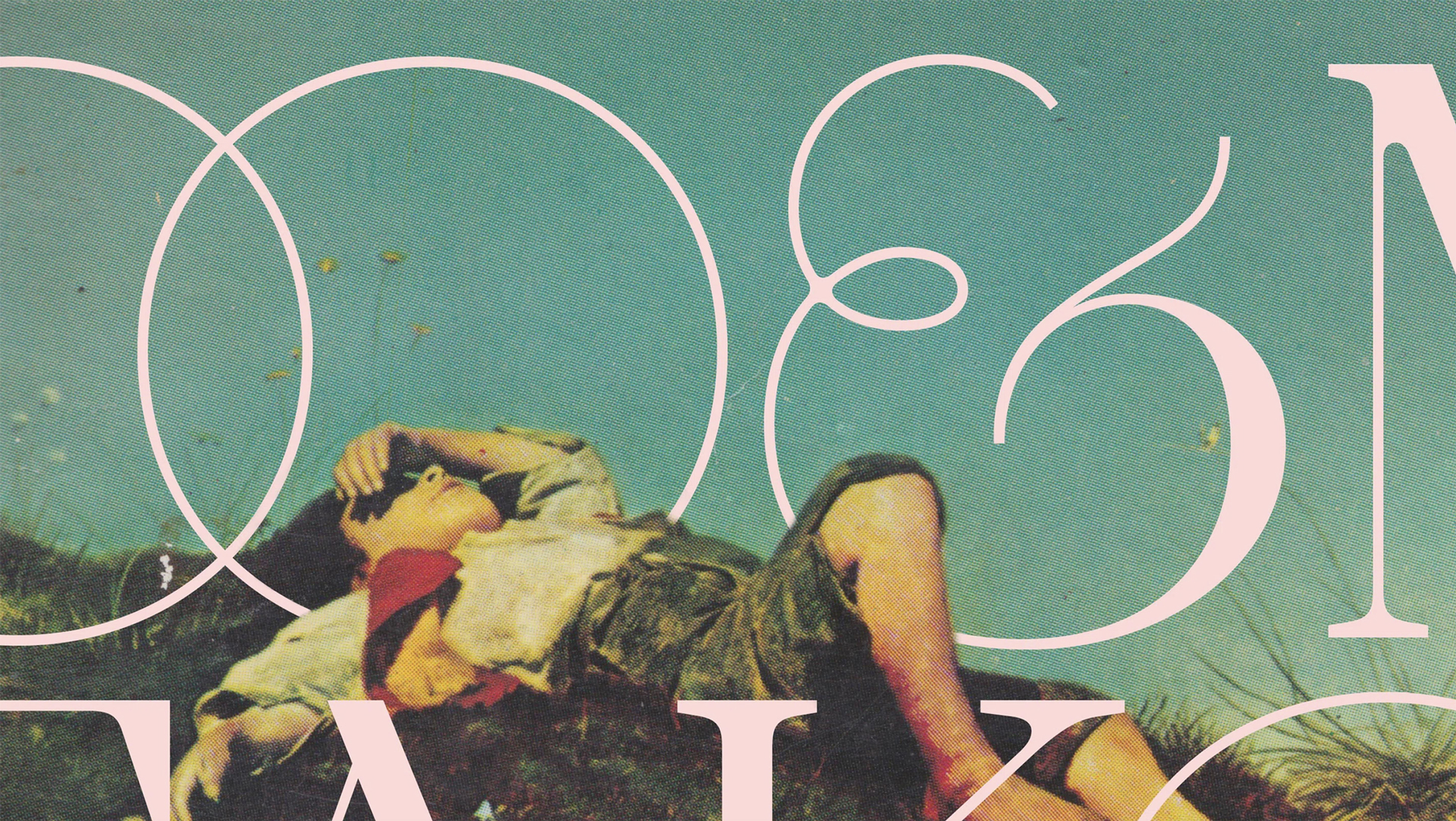
Tell me about the Neurons project
Monotype partnered with Neurons, a leader in applied neuroscience, to explore the neuroscience of typography. It's basically an exploration of things we have known for a long time but are now trying to officially prove. For example, the fact that different things happen in your brain when you look at different typefaces. We were determined to be transparent and open about the results, even if they didn't go our way! Fortunately they did, and all the testing we're doing is revealing more and more layers of emotional connection to type. A really interesting aspect we've explored is comparing the results of the same tests in different countries, some with the same languages and some without. We'll be releasing more reports and findings later this year! In time, there are a lot of other subjects we'd like to cover.
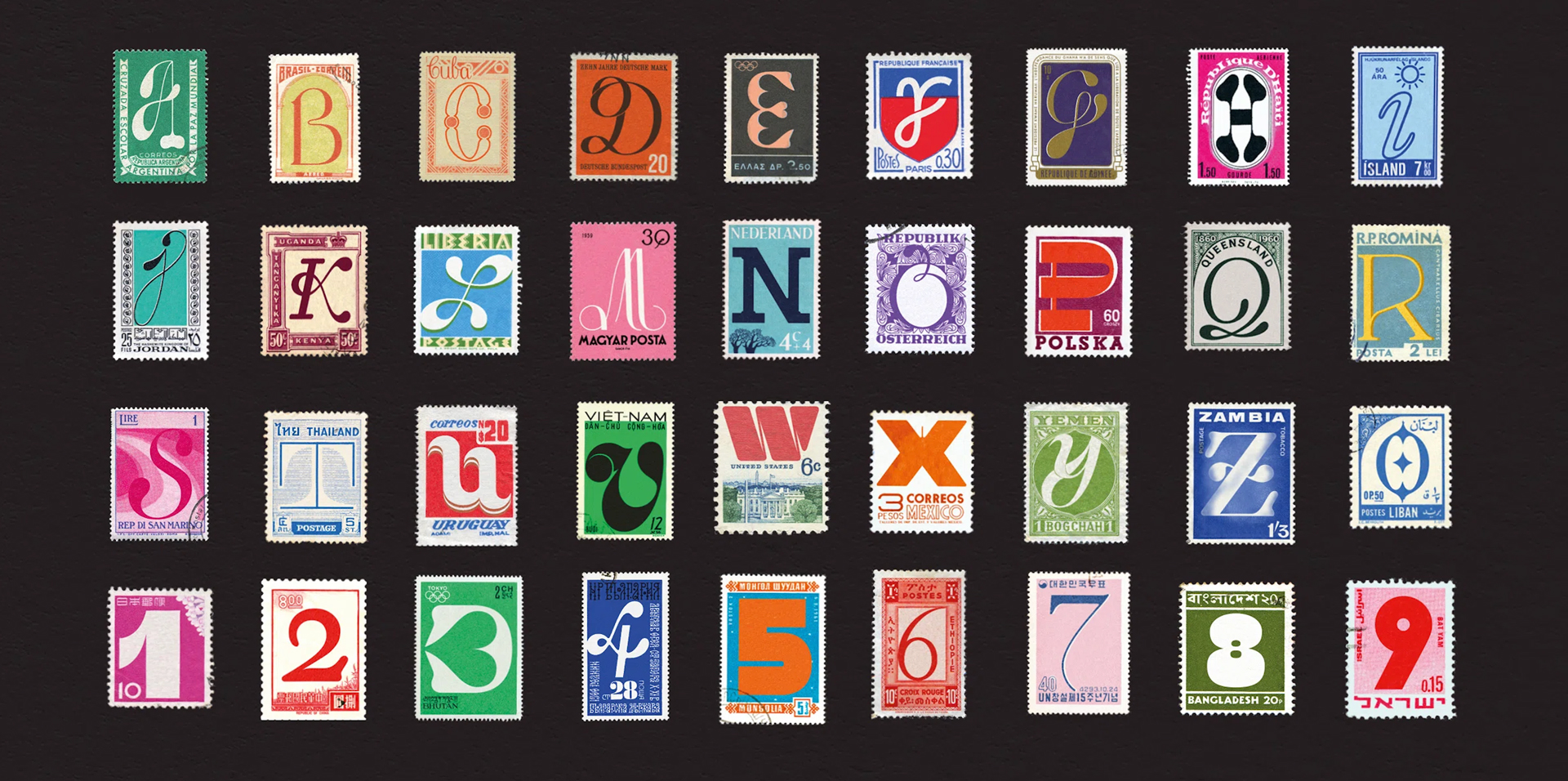
What's the relationship between gender and type?
I wrote a whole book about it, so I have an idea or two. The relationship between gender and type is largely built on the way we experience gender socially, as a construct. There is a bizarre willingness to ascribe human qualities to letters and typefaces, which expands into things like gender stereotypes. But that's a choice we make, and it doesn't have to be this way.
My book talks about why certain typefaces are perceived as feminine or masculine, but also why that's not helpful and what the alternatives are. Would you describe a table as gendered? A glass? A triangle? It's really up to us to be better and reframe conversations about type. I correct people about this quite often!
Which project are you the most proud of?
Definitely my book. I'm not sure I can ever do anything more interesting or important! The pride comes from the number of conversations it has sparked and the feeling that the design world is a slightly more inclusive space because of it.
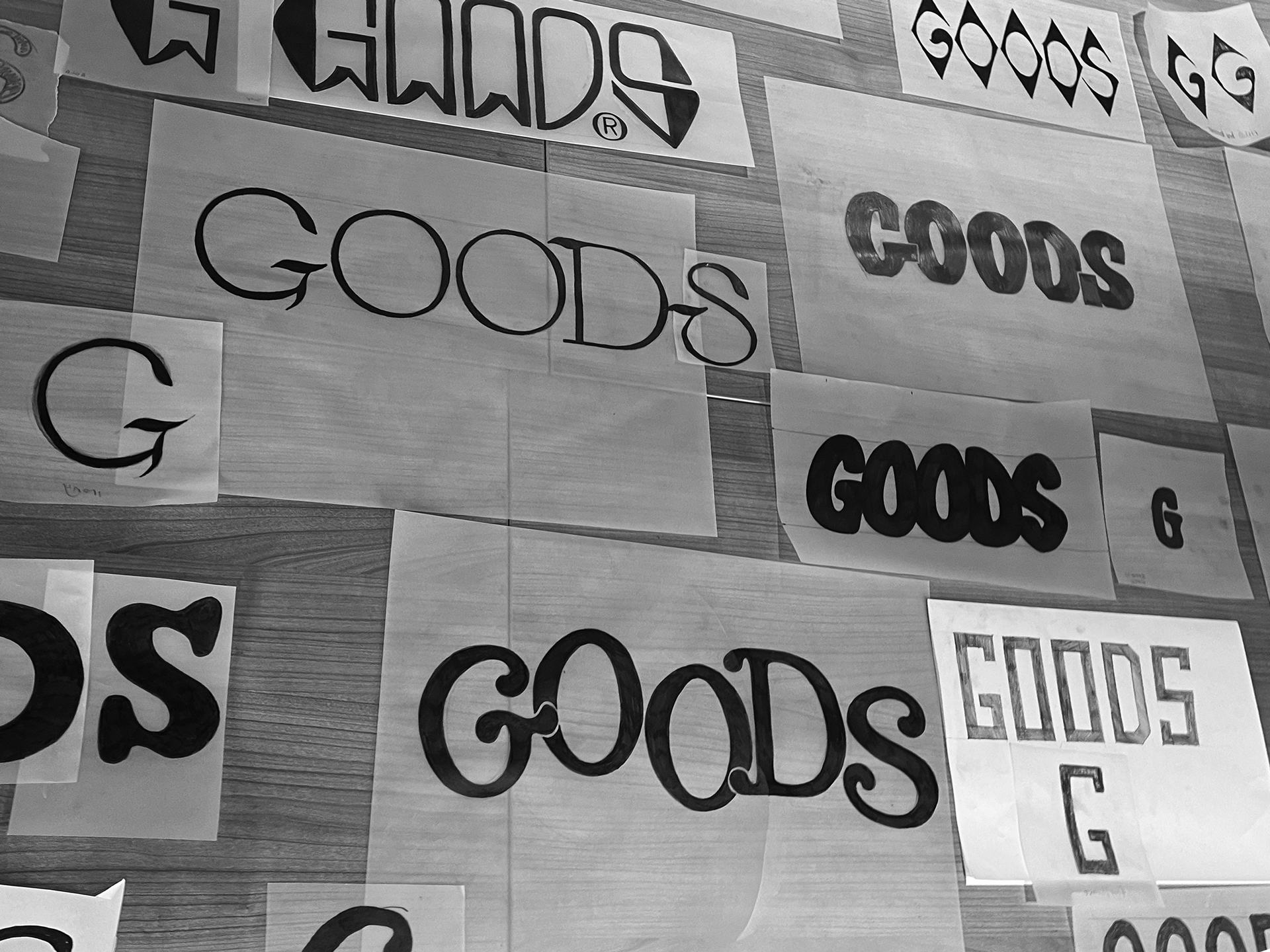
How can type designers ensure their ideas and output stay fresh?
This is something I give a lot of thought to, but staying away as much as possible from the constant jet stream of social media trends is the best way to do this for me. Everything always ends up looking exactly the same. If you have unique sources of inspiration, stories and a visual library you've been curating for years as part of your practice it makes it a lot easier to differentiate yourself and make better work for clients. It also makes it easier for clients to connect with you and choose you for a reason!
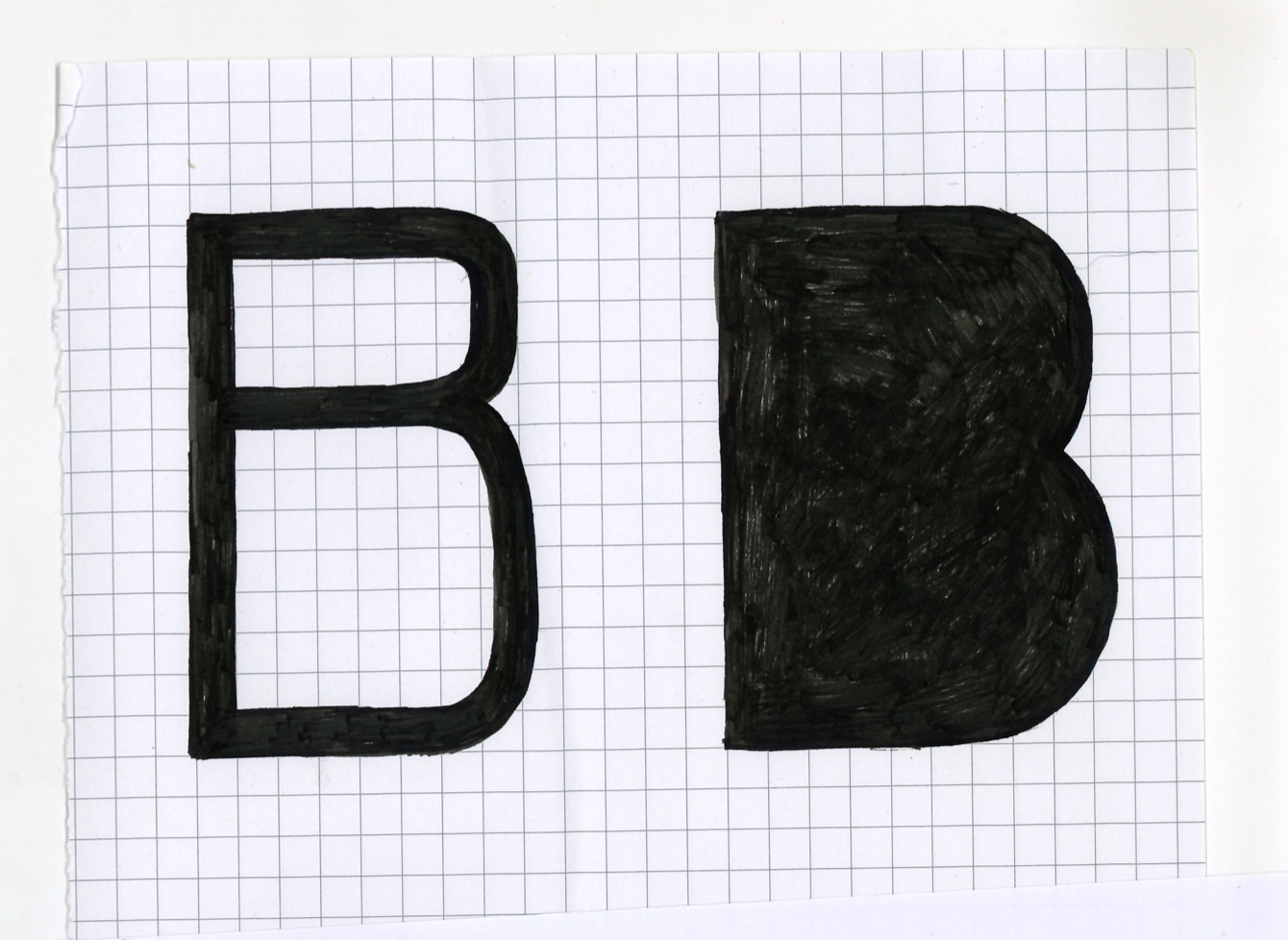
What tips would you give to someone who wants to get a commission with a high-profile brand?
This used to matter so much to me, like many young designers. I have pages and pages of inspiration notebooks and manifestation lists for dream clients. I think it's because you get the sense that they will bring something to you, and your career. I'm now more interested in what I can give people, whoever they are. To someone who definitely wants that, I'd say:
- There has to be a connection and relationship between you and the brand, even if it's just secretly admiring them and caring about their output. If you have no story to tell them then what could you tell others?
- Make personal work which is similar in its themes or styles to what could attract the brand, or past campaigns they have done. Again, this has to be authentic.
- Build relationships! Brands aren't faceless, and meeting people who work for them gets you through a lot of hurdles. Online or IRL, networking is still so important.
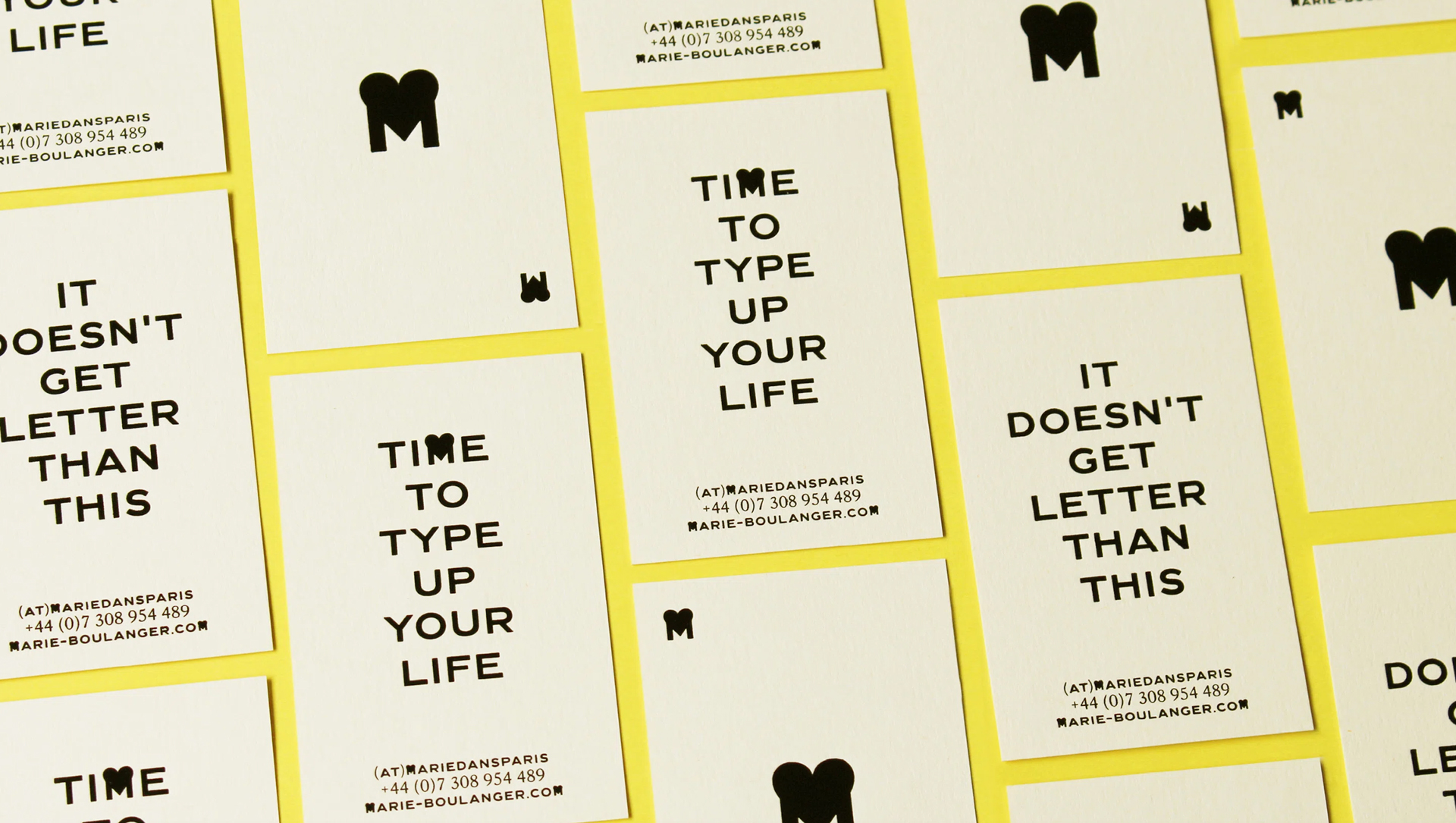
What advice would you give a budding type designer who wants to gain more work?
People can feel a lot of pressure to look "up", for guidance and exposure. I think for a lot of early-career professionals the best thing to do is to look around! Network with your peers, give each other feedback, grab coffees with people. I've gained amazing friendships from doing this but also incredible professional opportunities, because people recommended me, pushed me, thought of me when something came up. And I do the same for them. Monotype have also just launched the Foundry Program – a new platform for type designers to sell their work – it’s great for emerging designers and gets their work out into the wild and in front of global brands and creatives.
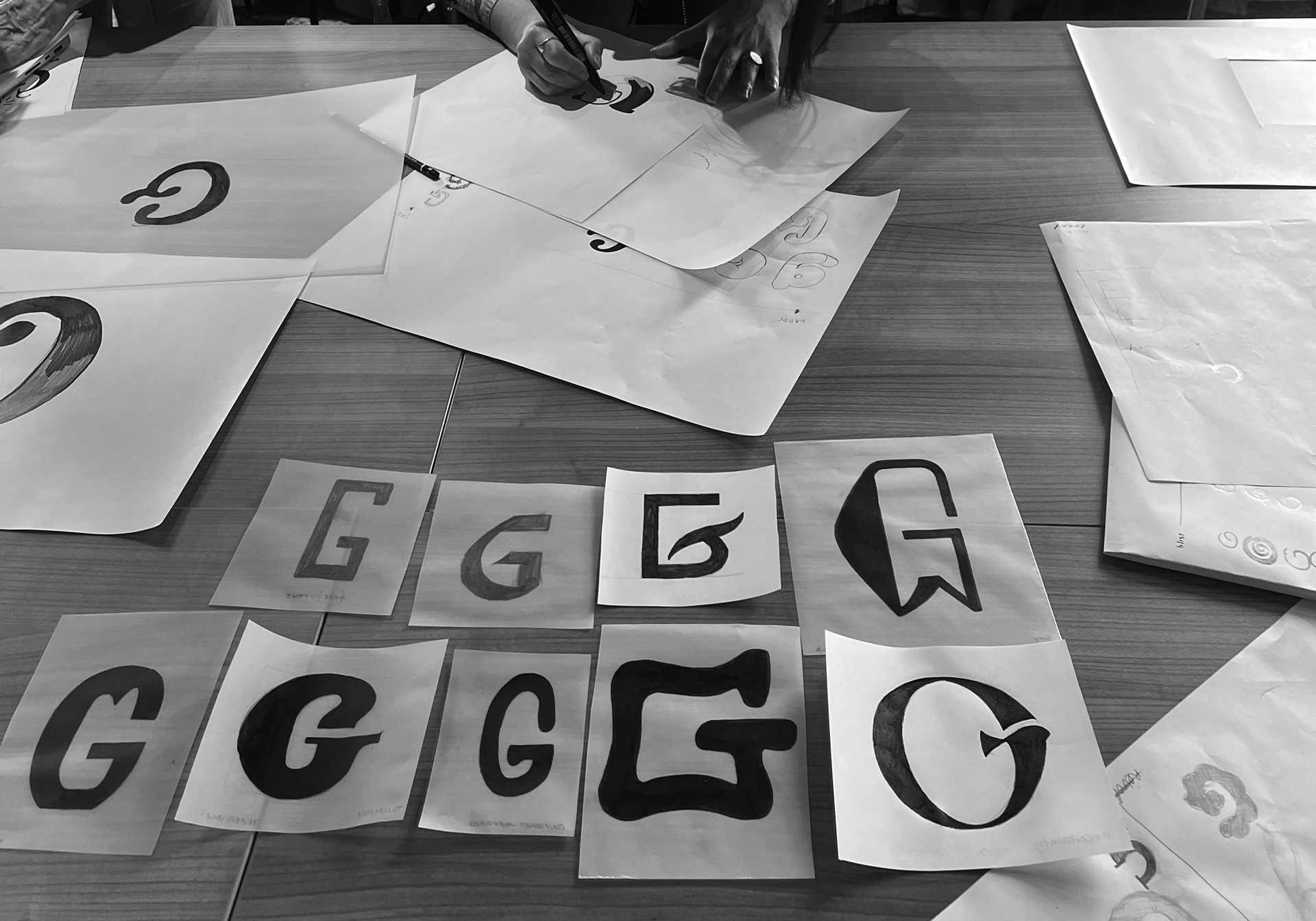
What career advice would you give your younger self?
Let your style emerge! It's normal to be eighteen and not know who you are creatively, it takes time to mature, to let life shape you. Obviously my younger self was bullheaded, impatient and anxious, she would never have listened. But I'd tell her to trust herself, and others too.
Visit Marie Boulanger's website and Monotype for more information.
Get the Creative Bloq Newsletter
Daily design news, reviews, how-tos and more, as picked by the editors.

Thank you for reading 5 articles this month* Join now for unlimited access
Enjoy your first month for just £1 / $1 / €1
*Read 5 free articles per month without a subscription

Join now for unlimited access
Try first month for just £1 / $1 / €1
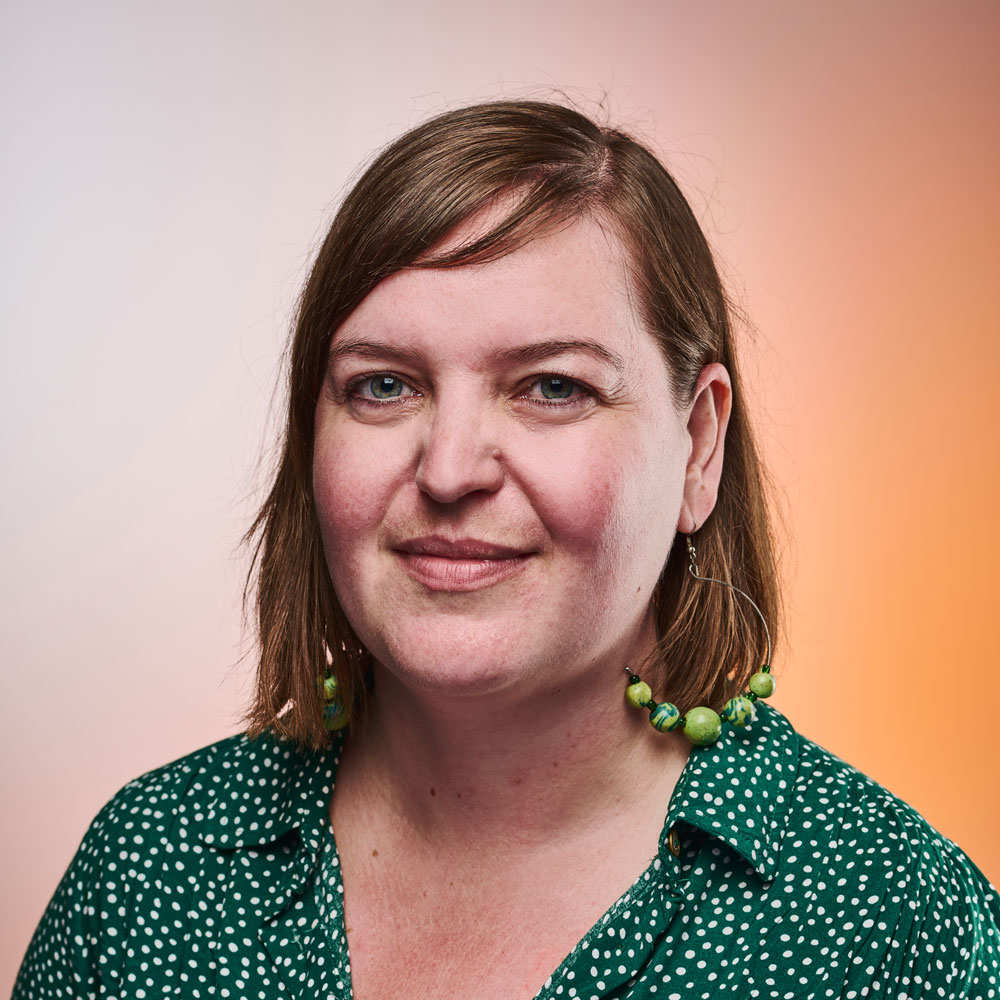
Rosie Hilder is Creative Bloq's Deputy Editor. After beginning her career in journalism in Argentina – where she worked as Deputy Editor of Time Out Buenos Aires – she moved back to the UK and joined Future Plc in 2016. Since then, she's worked as Operations Editor on magazines including Computer Arts, 3D World and Paint & Draw and Mac|Life. In 2018, she joined Creative Bloq, where she now assists with the daily management of the site, including growing the site's reach, getting involved in events, such as judging the Brand Impact Awards, and helping make sure our content serves the reader as best it can.
